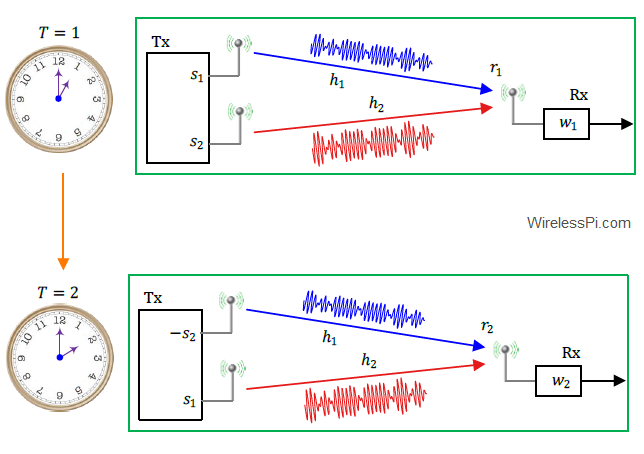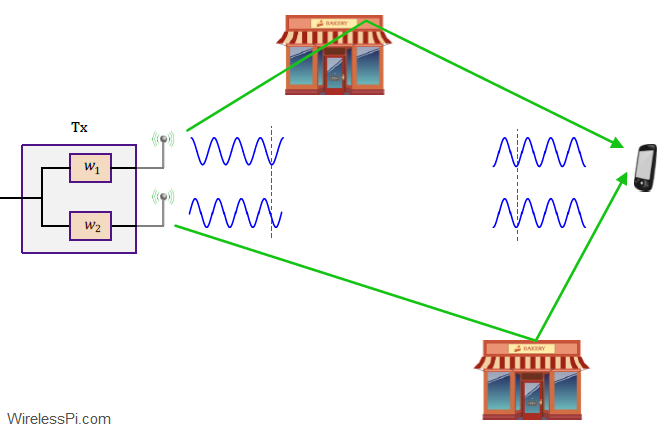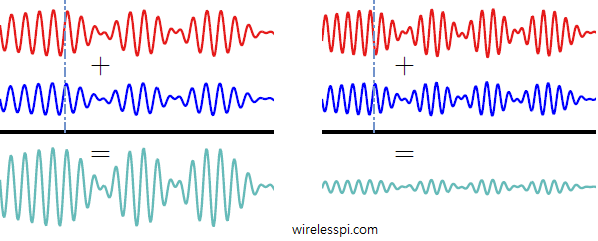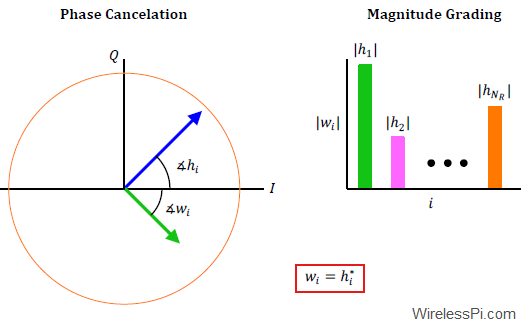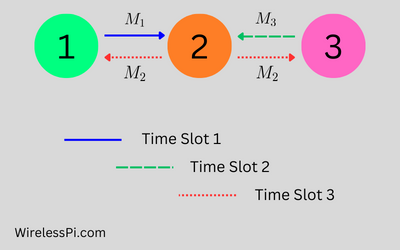In major cellular and wireless networks today, space diversity is employed with the help of multiple Tx antennas and/or multiple Rx antennas giving rise to Multiple Input Multiple Output (MIMO) systems. There are three different modes in which multiple antennas can be deployed: Beamforming Spatial Multiplexing Space-Time Coding In this article, we discuss space-time coding that achieves Tx diversity through multiple antennas at the Tx and simple linear processing at the Rx. This simplicity made this technique quite suitable for the past generations of cellular and other infrastructure based networks. There are two main kinds of space-time codes: Space-Time Block
Continue reading